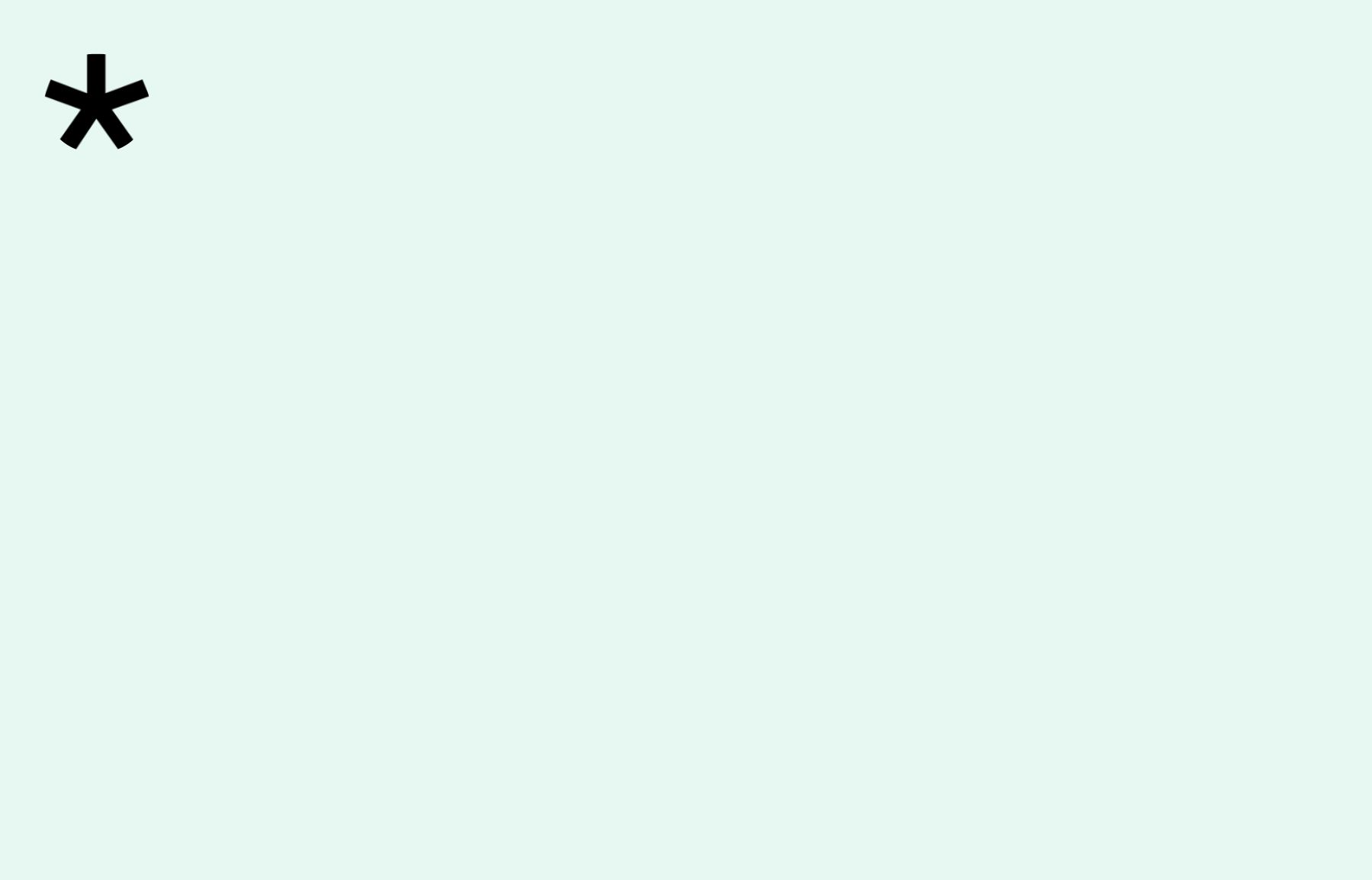The Netherlands, Visual Arts, 1972
Stanley
Brouwn
Stanley Brouwn (b. 1935 in Paramaribo, Suriname; d. 2017 in Amsterdam) emigrated to the Netherlands in 1957. His Action-based art was characterized by a rigorous conceptual approach and he became one of the most important representatives of the international Fluxus movement during the 1960s. In 1960 Brouwn began working on the now legendary series This Way Brouwn, which consisted of him asking random passers-by for directions, then stamping their drawn maps with the words “This Way Brouwn.” Stanley Brouwn came to Berlin as a fellow of the DAAD Artists-in-Berlin Program in 1972, but had made his very first appearance as an artist in the city many years earlier—at the opening of René Block’s avant-garde gallery on October 27, 1964. On that evening, however, the attendees did not meet the enigmatic artist in person: with no knowledge of the city and unable to speak German, Brouwn was walking through the streets of Berlin, asking the guests via walkie-talkie to direct him to the gallery in the Schöneberg district. The path he traced through the city—like a “human pencil”—was the immaterial result of the Action. In 1969 Brouwn performed further Actions in the city under the heading This Way Brouwn, and the resulting drawings of routes followed were presented in solo exhibitions at Galerie René Block in 1969 and 1970.
Brouwn’s extremely reduced texts, numerical works, and metric objects deal with spatial locations, distances between places, and the contradiction between standardized dimensions and subjective units of measurement. Nothing is documented or narrated, however: Brouwn translates the underlying or even just imagined experience into a cryptic, minimalist language of forms and symbols. He did not allow his performative and installation-based works to be photographed or reproduced, and provided no information about his own biography. He wanted his exhibitions to be experienced physically and then to disappear undocumented, and he himself declined to be photographed. In his art and in his life, Brouwn rejected representation in favor of maximum presence. Movement formalized around the individual became the universal material of his artistic practice; this was above all manifested in the form of artist’s books in which, for him, topicality coincided with media documentation. His first book was published in 1970. Entitled 100 this-way-brouwn-problems for computer I. B. M. 360 model 95, it lists questions to be posed to a computer, beginning with the command: “1 – show Brouwn the way in all cities, villages, etc. on earth from point x to all other points in that [sic] cities, villages etc.”—a task that is too complex even for a computer to perform and reveals the endless possible variations implicit in his long-term project This Way Brouwn. In Brouwn’s art, everything revolves around the idea that “We walk on planet Earth,” but underlying the seemingly dry, restrained aesthetic is a universalist notion focused on the continuum of experience.
In 1972, the year of his DAAD fellowship, Stanley Brouwn took part in documenta 5, curated by Harald Szeemann, where his work was included in the section “Individual Mythologies”; he also took part in documenta 6, 7, and 11. The Neues Museum Weserburg in Bremen presented Brouwn’s artist’s books in 2006, and in 2014 the Haubrok Collection mounted a comprehensive solo show at its FAHRBEREITSCHAFT exhibition space in Berlin. With the aid of the This Way Brouwn drawings, it may still be possible to trace Brouwn’s paths through the former West Berlin.
Text: Eva Scharrer
Translation: Jacqueline Todd


